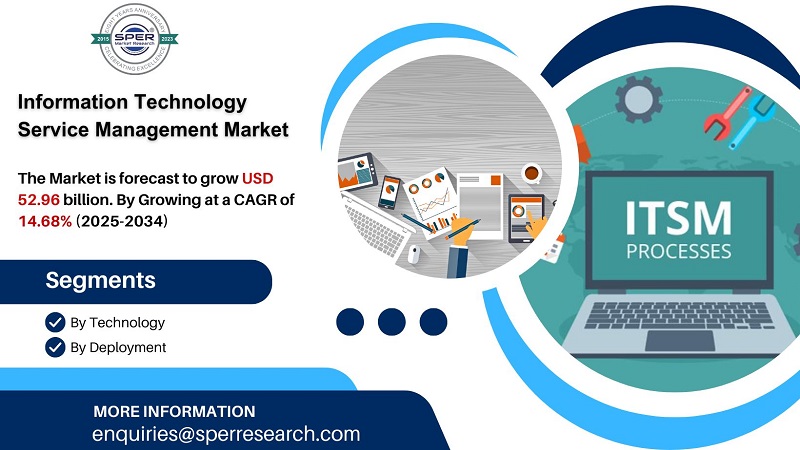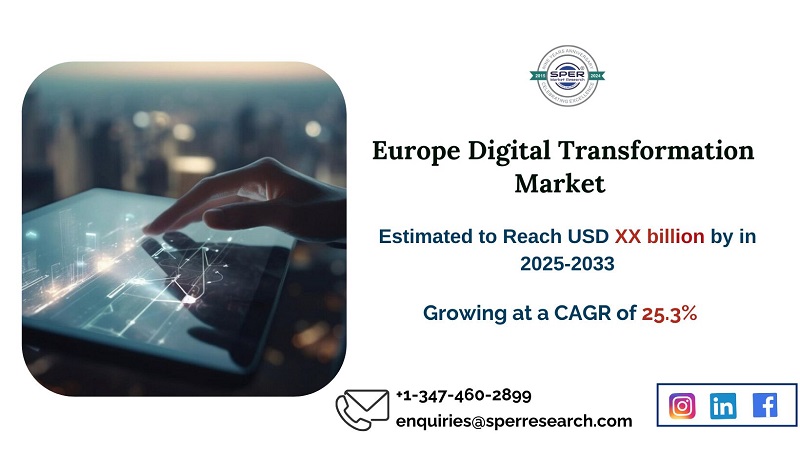Using prefabricated modules, a modular data center is a scalable, portable, and pre-engineered data center solution. Compared to conventional, stick-built facilities, it provides a quicker and more affordable method of deploying and increasing data center capacity. Flexibility and quick deployment are made possible by these modules’ ease of transportation, assembly, and customization to match particular data requirements. Faster deployment is made possible by their pre-engineered and pre-tested nature, and lower construction and deployment costs are achieved through streamlined design and prefabrication. Because of their great degree of customization, these solutions are guaranteed to satisfy particular technological specifications and work in unison with current systems. They reduce operating costs and their impact on the environment because they are energy-efficient.
According to SPER market research, ‘North America Modular Data Center Market Size- By Component, By Type, By Application, By Deployment Size, By Tier Type- Regional Outlook, Competitive Strategies and Segment Forecast to 2033’ states that the North America Modular Data Center Market is estimated to reach USD 95.79 billion by 2033 with a CAGR of 19.59%.
Drivers: A number of important factors are contributing to the robust expansion of the modular data center market in North America. One important contributing cause is the growing use of modular solutions in the telecom and IT sectors, which need infrastructure that is quick to construct, scalable, and efficient in order to handle growing data needs. The demand for cutting-edge data center technologies is further increased by the large number of top IT enterprises based in the area. Additionally, businesses are moving toward modular systems that provide speed and flexibility in response to the increasing demand for efficient data collecting and management. Adoption of safe, regulatory-compliant modular systems is also fueled by strict data storage compliance requirements.
Restraints: A number of significant obstacles impedes the growth of the modular data center market in North America. The substantial upfront capital cost needed for distribution is one major barrier. Small and medium-sized businesses may find modular data centers too expensive up front, particularly if they are customized to satisfy certain power, cooling, or technological requirements, despite the fact that they provide long-term operational efficiencies. Another significant obstacle is integrating modular solutions with current legacy systems. Traditional data centers are still used by many businesses, and making the switch entails difficult procedures like updating software and hardware, guaranteeing integration, and controlling possible outages. These elements may prevent adoption.
Request a Free Sample Report: https://www.sperresearch.com/report-store/north-america-modular-data-center-market.aspx?sample=1
Northern Virginia is the dominant state in the North American Modular Data Center Market due to the large number of data centers, robust network connectivity, and access to power infrastructure drive this dominance. Some significant market players are Dell Inc., LLC., PCX Holding LLC, Box Modul, Eaton, Rittal GmbH & Co. KG and others.
North America Modular Data Center Market Segmentation:
By Component: Based on the Component, North America Modular Data Center Market is segmented as; Solution and Services.
By Type: Based on the Type, North America Modular Data Center Market is segmented as; Full Functional, Partial Fabricated, and Micro Data Centers.
By Application: Based on the Application, North America Modular Data Center Market is segmented as; Smarter Data Centers, Capacity Expansion, High Performance/ Edge Computing, Disaster Recovery, Emergency and Temporary Deployment, and Data Center Expansion.
By Deployment Size: Based on the Deployment Size, North America Modular Data Center Market is segmented as; Large Size Data, Medium Size Data Center, Small Size Data Center.
By Tier Type: Based on the Tier Type, North America Modular Data Center Market is segmented as; Tier 4, Tier 3, Tier 2, and Tier 1.
By Vertical: Based on the Vertical, North America Modular Data Center Market is segmented as; BFSI, IT & Telecom, Energy & Utilities, Industrial, Government & Defense, Manufacturing, Healthcare, Transport & Logistics, Media & Entertainment, Retail, Education, and Others.
By Region: This research also includes data for US, Canada and Mexico.
For More Information, refer to below link: –
North America Modular Data Center Market Outlook
Related Reports:
Follow Us –
LinkedIn | Instagram | Facebook | Twitter
Contact Us:
enquiries@sperresearch.com
+1–347–460–2899









